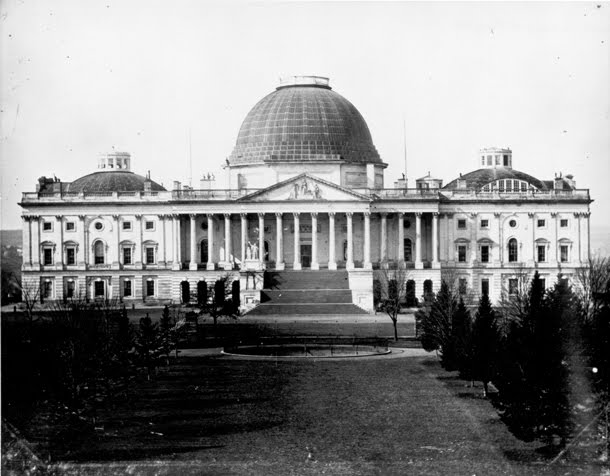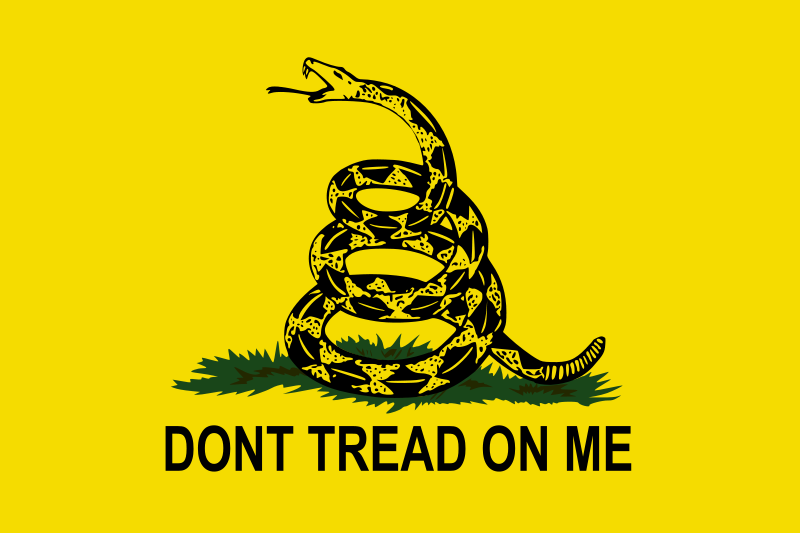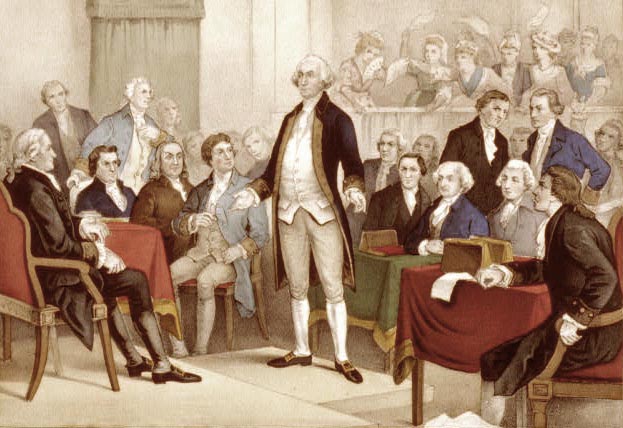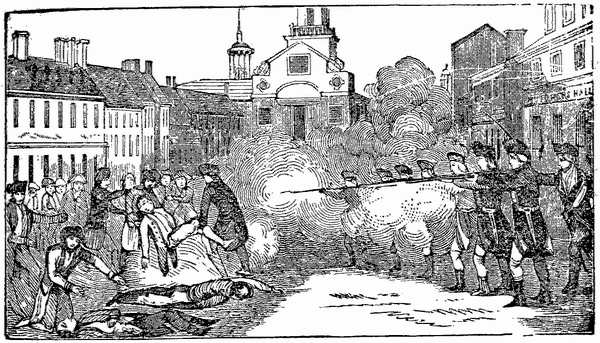From Numbers USA:
USCIS Memo Details Administration's Plan to Provide Mass Amnesty Through Administrative Actions
Thursday, July 29, 2010, 2:35 PM EDT - posted on NumbersUSA
A newly revealed memo, obtained by Sen. Chuck Grassley (R-Iowa) who is leading the fight against amnesty, shows Obama Administration officials offering a detailed plan that would offer actual or de facto amnesty to millions of illegal aliens without Congress ever taking a vote.
The 11-page memo, drafted by Chief of Policy and Strategy for U.S. Citizenship and Immigration Services Denise Vanison, outlines the various ways to offer a mass amnesty to the nation's 11-18 million illegal aliens through the use of administrative actions. The stated purpose of the memo is to offer "administrative relief options to promote family unity, foster economic growth, achieve significant process improvements and reduce the threat of removal for certain individuals present in the United States without authorization."
"The memo proposes 18 different ways for the Obama Administration to essentially eliminate our borders through regulatory fiat and in clear violation of the letter and the spirit of U.S. immigration laws, which Obama swore an oath to faithfully execute," said NumbersUSA's Director of Government Relations Rosemary Jenks.
The memo is an alternative plan to amnesty "in the absence of Comprehensive Immigration Reform." In addition to using deferred action and parole, which were previously identified in two separate letters drafted by Sen. Grassely and signed by 11 other Senators (read the first and second letters), the memo outlines ways that USCIS can extend benefits and protections to individuals and groups of people by lessening the standards used in "extreme hardship" cases.
Item 4 in the memo outlines ways the Obama Administration can provide amnesty for millions of illegal aliens through the "extreme hardship" provision. It would "encourage many more spouses, sons, and daughters of U.S. citizens and lawful permanent residents to seek relief without fear of removal. It would also increase the likelihood that such relief would be granted." Section 4 reads:
Lessen the Standard for Demonstrating "Extreme Hardship"
The Act at 212(a)(9)(B)(i)(I) and (II) renders inadmissible for 3 or 10 years individuals who have been unlawfully present in the U.S. for 180 days or one year respectively, and then depart. By statute, DHS has discretion to waive these grounds of inadmissibility for spouses, sons and daughters of U.S. citizens or lawful permanent residents if the refusal to admit such individuals would result in extreme hardship to their qualifying relatives. Generally, the "extreme hardship" standard has been narrowly construed by USCIS.
To increase the number of individuals applying for waivers, and improve their chances of receiving them, CIS could issue guidance or a regulation specifying a lower evidentiary standard for "extreme hardship." This would promote family unity, and avoid the significant human and financial costs associated with waiver denial decisions born of an overly rigid standard. This revised standard would also complement expanded use of PIP as set forth in B.
In addition to lessening the standard for demonstrating "extreme hardship", the memo details many more options that "have the potential to result in meaningful immigration reform absent legislative action."
Other options include: allowing aliens in the United States under Temporary Protected Status to adjust their status to Legal Permanent Resident, extending "grace periods" to leave the country for aliens on temporary work visa, changing the distribution time line for temporary workers on the H-2B visa, and granting up to 240 additional days on applications for employment authorization when the application is filed before the work authorization expiration date.
Denise Vanison has been an immigration attorney for more than 18 years. She advised multi-national and domestic corporate clients on employment of foreign nationals in the United States, I-9 employment verification and procurement of passports, visas, green cards and U.S. citizenship.
The memo was drafted for Director of U.S. Citizenship and Immigration Services Director Alejandro Mayorkas. In addition to Denise Vanison, Roxana Bacon from the Chief Councel's office, Debra Rogers from Field Operations, and Donald Neufield from Service Center Operations were also listed as authors of the memo.
Subscribe to:
Post Comments (Atom)
.gif)






























No comments:
Post a Comment